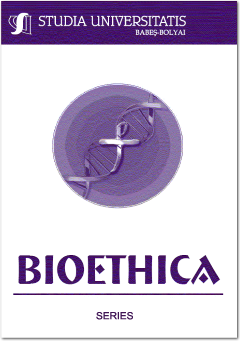THE REPRESENTATION OF DISEASE AMONG THE ROMA POPULATION IN NORTH-EASTERN ROMANIA
THE REPRESENTATION OF DISEASE AMONG THE ROMA POPULATION IN NORTH-EASTERN ROMANIA
Author(s): Camelia Soponaru, Suzana Semeniuc, Beatrice Gabriela Ioan, Magdalena IorgaSubject(s): Anthropology
Published by: Studia Universitatis Babes-Bolyai
Keywords: disease; health; Roma; tradition; acculturation.
Summary/Abstract: In the context of the new challenges of globalization, the Roma ethnic group, internationally considered a disadvantaged minority, at the edge of subsistence, regardless of the country of residence, is permanently a topic of study in various scientific fields. One of the representative fields of everyday life on which this paper focuses is that of disease and, implicitly, that of health. Previous studies having tackled the same problematics suggest that, if in the past the social representation of health and illness among Roma people was deeply impregnated with traditions and with the type of magical thinking so characteristic of this ethnicity, at present, this social representation has undergone major changes. More exactly, scientific explanations of disease have taken the place of mystical ones, and the trust in traditional healing practices has lost ground to medical procedures and medication. The research has set out, on the one hand, to identify the social representation of disease among the Roma population and, on the other hand, to establish whether this has undergone important changes in recent years, under pressure from social representations of health and disease among the majority population. Following the analysis of the carried out interviews, we may conclude that, though many elements of the central nucleus of social representation are maintained, such as disease regarded as a divine punishment, superstitions, traditional healing methods or marks of magical thinking, one notices the penetration of new elements in everyday language: causes of diseases from the medical register, diagnoses or medical treatments. In addition, an important aspect is the way in which the doctor-patient relationship has evolved, currently being almost totally freed from constraints imposed by traditional beliefs.
Journal: Studia Universitatis Babes-Bolyai - Bioethica
- Issue Year: 60/2015
- Issue No: 2
- Page Range: 73-81
- Page Count: 12
- Language: English

